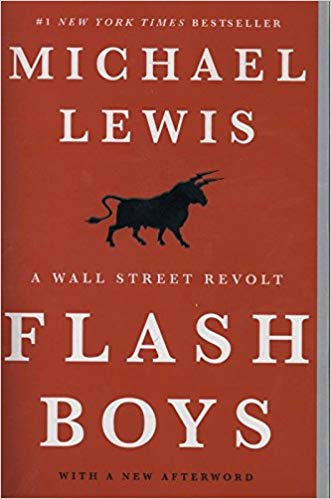By Brad Capinas
My career in the financial services industry has spanned four decades, most of it as an equity trader. As a trader, my primary responsibility was to provide liquidity to both retail and institutional accounts. I traded several crashes: Black Monday 1987, the Internet Bust in the late 1990s and the Subprime Collapse of 2008. The trading landscape has changed dramatically over the last 30 years. Stock exchange floors have been replaced by lightning-quick electronic trading networks and Uber drivers can day trade in between riders! As we approach the next decade, I often wonder about the future of the equity trader. First, let’s take a quick tour of equity trading over the past 40 years.
 Some of you may remember the Quotron terminal that reached its peak of popularity back in the mid-1980s. Green print scrolled across a black background displaying up to the minute quotes and financial news. NASDAQ traders in the 1980’s used telephones to communicate with each other and execute client orders. This system failed during the crash of 1987 as some traders simply refused to pick up their phones.
Some of you may remember the Quotron terminal that reached its peak of popularity back in the mid-1980s. Green print scrolled across a black background displaying up to the minute quotes and financial news. NASDAQ traders in the 1980’s used telephones to communicate with each other and execute client orders. This system failed during the crash of 1987 as some traders simply refused to pick up their phones.
The 1990s marked the introduction of Execution Management Systems (EMS). The EMS’s made it possible to execute orders across multiple trading destinations such as stock exchanges, stock brokerage firms, crossing networks, and electronic communication networks. “Day traders” gained extreme popularity with the advent of these electronic trading systems. The late 1990s will be remembered as the period that traders bid up technology stocks to peak valuations on March 10, 2000. We all remember the dot com crash.
Traders executed orders with eight fingers and fractions for more than 200 years, but that changed in August 2000 when stocks began trading in decimals. Algorithmic trading also kicked into high gear in the new millennium. On May 6, 2010, an institutional trader sold 75,000 S&P E-mini contracts in 15 minutes, and the DJIA plunged 998 points. It was dubbed the “Flash Crash.”
 In March 2014, author and seasoned former trader Michael Lewis released his controversial book Flash Boys: A Wall Street Revolt. The book explored the world of High-Frequency Trading and its impact on the traditional trading floors of U.S. stock exchanges. The author deemed the U.S. stock markets “rigged” due to unethical trading practices.
In March 2014, author and seasoned former trader Michael Lewis released his controversial book Flash Boys: A Wall Street Revolt. The book explored the world of High-Frequency Trading and its impact on the traditional trading floors of U.S. stock exchanges. The author deemed the U.S. stock markets “rigged” due to unethical trading practices.
Today’s trader has access to 24-hour markets, unlimited real-time financial data, and trades executed in nanoseconds (at .0001 of a penny). A reputable stock brokerage firm recently wrote the following description of their stock trading platform: “The rabbit hole goes as far as any trader’s imagination will take them. It’s a dazzling offering of choices that will set your mind spinning – in a good way.” Welcome to the future and uber-modern-day trading!
Bradley Capinas is the founder of GV Lane Advisors, LLC based in northern California
